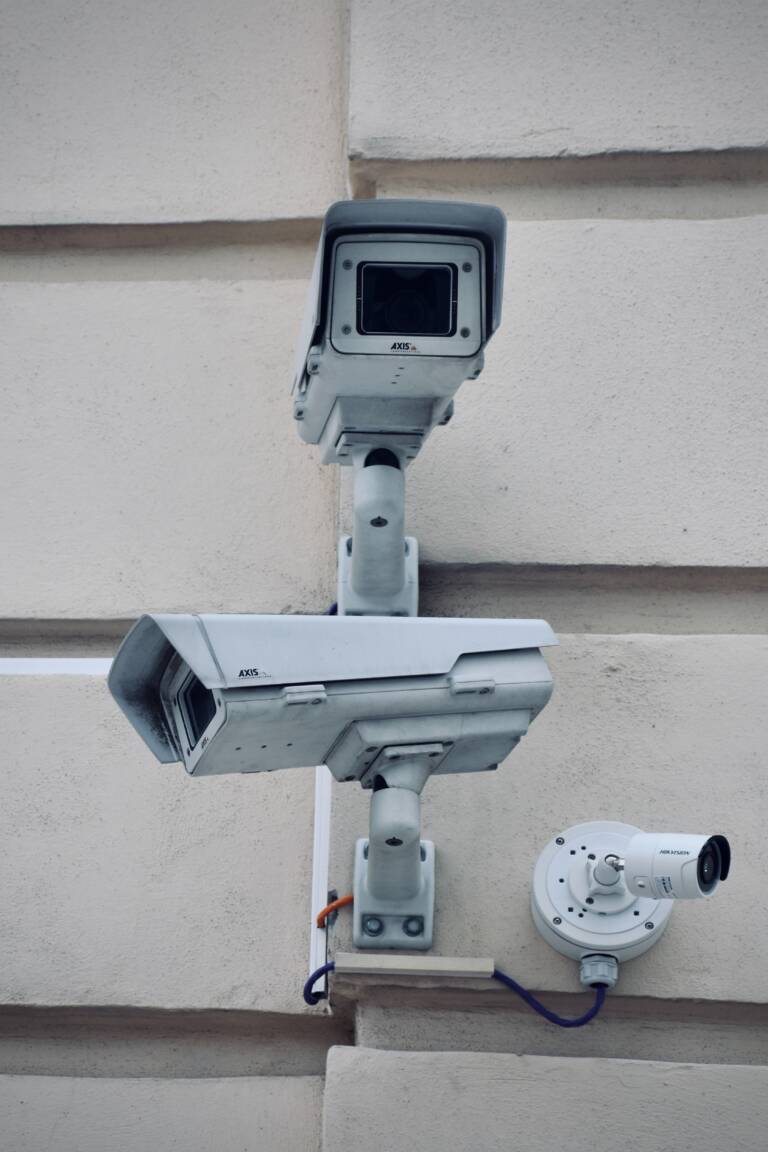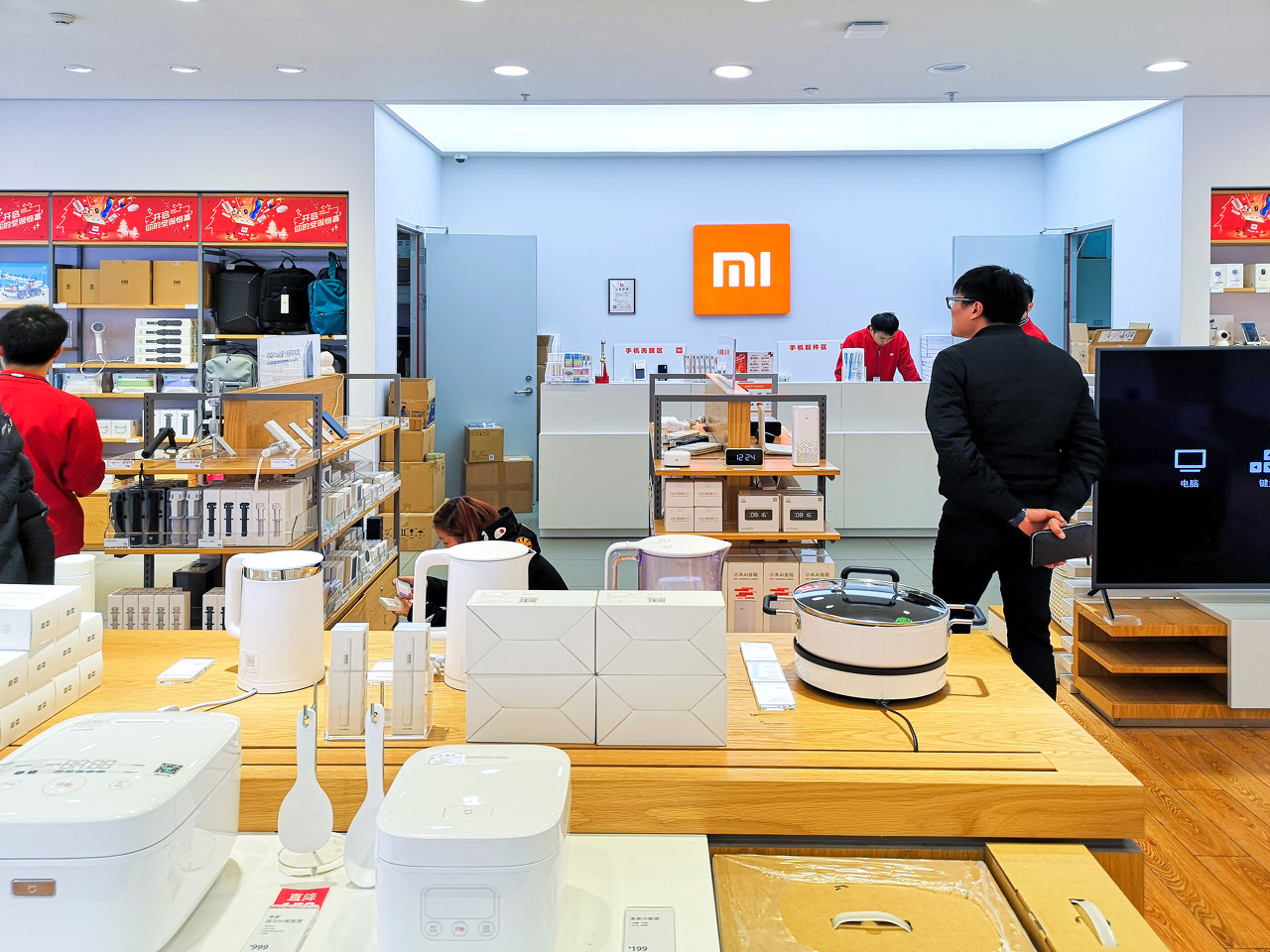China: the four smart innovations that are changing the face of cities

In some new subway stations in Beijing, Guangzhou and other Chinese cities, people no longer have to swipe a card or scan their phone to catch a train. The gate opens with a quick scan of the face and the process takes less than two seconds. Not only that, but the service is adapted according to the crowding. This guarantees great efficiency, but this comes at the expense of privacy because, of course, everyone is identified step by step and the transport company, therefore the government, knows very well where they are and where they are going.
The development of smart cities integrates advanced technologies such as artificial intelligence, the Internet of Things (IoT), big data and cloud computing in various sectors, such as transportation, public safety, environment and manufacturing. The connected network of sensors and communication devices enables real-time data collection, analysis and feedback, leading to more efficient and effective management of resources and services. Cities such as Beijing, Shanghai, Guangzhou, Shenzhen and Hangzhou are at the forefront of adopting advanced technologies and innovative approaches to urban planning and management. However, this comes at the expense of the privacy of people, increasingly objects controlled by the government.
However, here are the areas where AI has been most integrated and had the greatest impact
1. The Internet of Things (IoT)
A screen from Techphant, an IoT equipment and solutions provider, shows real-time images of trees growing in Guangzhou. The soil moisture level is monitored through sensors and the information is uploaded into an intelligent management system that allows trees to be cared for properly.
IoT describes networks of everyday objects, including vehicles and household appliances, that are connected to the Internet and can communicate with each other. Objects have processing capabilities and can exchange data to optimize daily life. People have become familiar with devices in their homes, such as smart thermostats, which are connected to the Internet and can be controlled via a smartphone application, while also communicating with other devices, such as smart lighting systems, to coordinate and optimize energy use, but the technology can be extended to a much wider grid.
For example, a worker used to go door-to-door to collect gas meter readings, but now a smart gas meter gets the job done and can even facilitate automatic payment.
From improving efficiency in manufacturing and transportation to boosting healthcare and home automation, the use of IoT technology is becoming increasingly evident to help streamline processes, reduce costs and improve decision-making in the development of Chinese smart cities. When more objects can be connected to each other, we will enter an intelligent connection stage, which will improve efficiency and reduce manpower,” said Zheng Lin, Chief Technology Officer of Techphant. Many manufacturers are developing home IoT tools. Obviously the more intelligent objects there are, the greater the control over people's habits will be.
2. Facial Recognition
The application of facial recognition technology is widely known by the Chinese, as such scans are required at airport and hotel check-in. The Covid-19 pandemic also shone the spotlight on this technology thanks to a code that tracked a person's travel history. However, the technology is being used even more extensively in smart city infrastructure.
For example, Pcitech is a provider of artificial intelligence technologies and products, including facial recognition and intelligent big data technology. The company has helped develop intelligent transportation systems in Guangzhou and Changsha that use advanced facial recognition technology that allows commuters to pay for their subway fare with a simple scan of their face. Your face becomes the key to accessing your money, your devices and passing security checkpoints. Unlike fingerprints, your face can be scanned remotely without you knowing. The face is measured at more than 80 'node points' and the interval between them is used to create a long unique number called a facial fingerprint.
But facial recognition technology isn't limited to transportation. It is also used in the security industry to collect real-time data that can be used to ensure public safety.
The company applies 3D recognition algorithms to achieve more precise matches, and the technology can detect a person's identity even when their face is obstructed. It can also analyze body shape and clothing color to identify a person and help police predict high-risk behavior based on movements, such as physical fights. All without you giving any consent to the use of your biometric data. Of course, centralizing everything on facial control also allows you to easily exclude a person from the system. And then be careful when doing a facial plastic! Here is a video on how it works
3. Smart factories – Smart factories
When a welding robot in Changsha lowers its welding torch, various indicators appear in real time on a large screen connected to the headquarters of Rootcloud Technology, an industrial IoT platform provider 600km away in Guangzhou.
The screen displays the real-time work status of workers and equipment in various Sany construction machinery factories and production lines across the country.
Smart factories, highly automated and digitized manufacturing facilities, have become ubiquitous in China, using advanced technologies such as IoT, big data analytics, artificial intelligence, and robotics to streamline manufacturing processes and improve the efficiency. Data drives the future of smart manufacturing The development of smart factories in China is also driven by the "Made in China 2025" plan, which aims to transform China from a low-cost manufacturing hub to a global leader in advanced manufacturing technologies. The plan encourages the adoption of intelligent manufacturing technologies and supports the development of a strong domestic hi-tech industry.
By integrating smart manufacturing technologies and digital platforms, Chinese factories aim to achieve higher levels of automation, productivity and flexibility while reducing costs and waste.
Smart factories in China are often part of larger industrial complexes or clusters, which provide infrastructure, logistics and other support services to help manufacturers adopt smart technologies and improve their competitiveness. Obviously the more intelligent a factory is, the fewer workers are employed. What will happen to the excess workforce?
4. The future of agriculture
Lychee farmers in the suburbs of Guangzhou no longer need to do strenuous work in the fields. Instead, they can use a drone to spray pesticides and apply fertilizers thanks to a smart farming system from XAG, a provider of drones, robots, AI and IoT in agricultural production.
Small farmers and farm owners with smart farm management solutions can now reduce labor costs and improve sustainability. Tracking logs and precision farming tools also make production management more meticulous.
The company's extensive agricultural digital infrastructure network can be connected to remote sensing tools and agricultural IoT devices, enabling farmers to increase agricultural efficiency, manage production schedules and achieve goals.
Pesticide spraying drones live up to China's ambitions for "smart agriculture".
All of these innovations are amazing, but to what degree are we willing to see them enter our private lives. Will the change in production systems be profitable or will it produce social upheavals as industrialization did in the 19th century? The technology is amazing, but you also have to ask yourself what the consequences are.

Thanks to our Telegram channel you can stay updated on the publication of new articles from Economic Scenarios.
The article China: the four smart innovations that are changing the face of cities comes from Scenari Economici .
This is a machine translation of a post published on Scenari Economici at the URL https://scenarieconomici.it/cina-le-quattro-innovazioni-smart-che-stanno-cambiando-il-volto-delle-citta/ on Tue, 02 May 2023 12:00:39 +0000.

